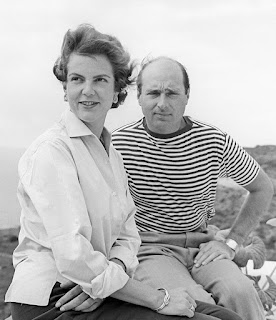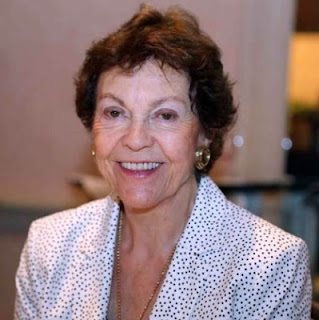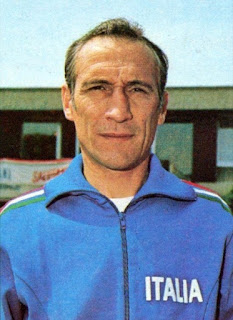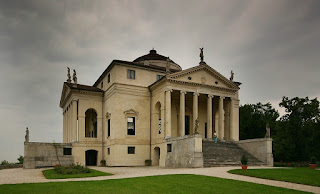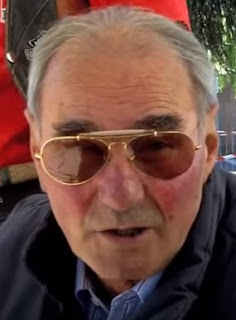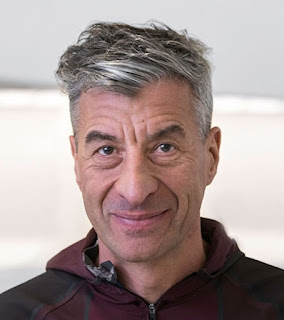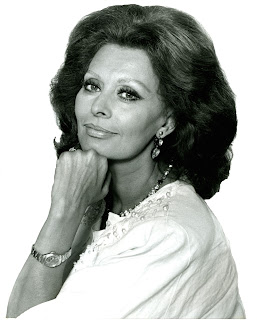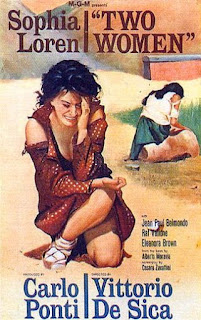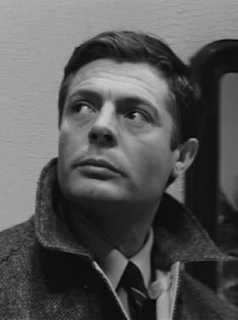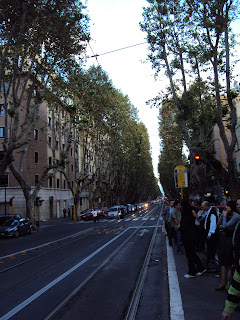Historic art works damaged in double tremor
| The Basilica of St Francis at Assisi |
The historic Basilica of Saint Francis in Assisi suffered
serious damage on this day in 1997 when two earthquakes struck in the central
Apennines.
The quakes claimed 11 lives in the Assisi area and forced the evacuation of 70
per cent of buildings in the Umbrian town, at least
temporarily, because of safety fears.
Many homes were condemned as unsafe for occupation and residents had to be housed in makeshift accommodation.
The event also caused considerable damage to frescoes painted in
the 13th century by Giotto and to other important works by Cimabue,
Pietro Lorenzetti and Simone Martini.
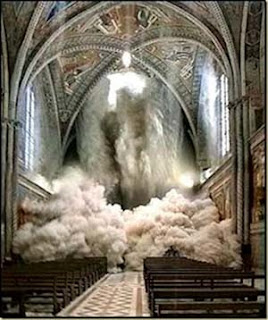 |
| The dramatic moment the vaulted ceiling came down |
The first quake, measuring 5.5 on the Richter Scale, struck
shortly after 2.30am and was felt as far away as Rome, some 170km (44 miles) to
the south. A series of smaller tremors
kept residents on edge through the night.
Yet the biggest quake, measured at 5.7 initially but later
revised upwards to 6.1, was still to come. With tragic consequences, it occurred
at 11.43am, just as a party of Franciscan monks, journalists, town officials and
experts from the Ministry of Culture had decided to venture inside the basilica
to inspect the damage.
It is thought that between 20 and 30 people were inside the
Upper Church when the shaking began, caused the vaulted ceiling to collapse, bringing down sections of Giotto’s fresco cycle depicting the Life of Saint Francis.
Most of them were able to escape by running away as the
ceiling began to fall but 10 were trapped under the rubble for many hours. Six
were pulled out alive but rescuers found that two of the friars and two of the
government experts had been killed.
As well as the Giotto cycle, there was also damage to a
cycle of frescoes by Cimabue that many experts regarded to be fundamental to
the history of Western art. These
included portraits of the so-called Doctors of the Latin Church – St Ambrose,
St Jerome, St Augustine and St Gregory the Great – and of the writers of the
Gospels of the New Testament – Matthew, Mark, Luke and John.
 |
| Detail from the Giotto cycle The Life of St Francis |
The church, a significant tourist attraction in Italy, was
immediately closed to visitors, yet it was reopened in just two years, which
was considered exceptional by Italian standards. Giotto’s images of St Rufina
and St Vittorino were reconstructed from more than 3,000 tiny fragments.
The government attracted criticism, however, for devoting much
more money and energy to rebuilding the basilica and restoring art works than it had to rehousing people whose homes were destroyed by the quake.
On the day of the re-opening, a celebration that attracted
live television coverage, 10,000 people in the area were still living in
adapted metal containers, which had been provided as temporary accommodation.
It was revealed that whereas around €37 million had been
spent on the restoration of the basilica, which dates back to 1228, and the
Sacred Convent attached to it, only €4.75 million had been directed at rebuilding
ruined homes and other buildings.
In the longer term, the broader restoration project was
hailed as providing evidence to end a long-running argument over the authenticity
of the works attributed to Giotto, which some experts believed were painted in
the 14th century, after his death.
 |
| A portrait thought to be of Giotto di Bondone |
In 2012, restorers uncovered previously unknown frescoes in
a chapel within the basilica that had been closed and unused for many years.
They discovered the initials “G.B” in one corner of the work, which they took
to be the initials of Giotto di Bondone.
Giotto is considered to be the forefather of Italian
Renaissance art, famous for the Scrovegni Chapel in Padua and the Ognisanti
Madonna, which hangs in the Uffizi gallery in Florence.
The second of the two Assisi quakes was the most powerful to
hit Italy since the devastating seismic event of 1980, just outside Naples,
which killed at least 2,500 people.
There have been two more powerful quakes since – at L’Aquila
in Abruzzo in 2009 and the one that struck the central Apennines in 2016, about
45km (28 miles) north of L’Aquila, both of which claimed around 300
lives.
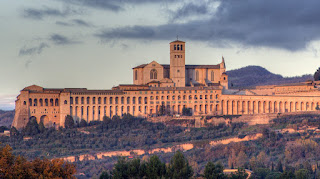 |
| The Basilica of St Francis is built into the side of a hill |
Travel tip:
The Basilica of St Francis, which was begun in 1228 and
developed over a period of about 300 years, is unusual in that it is built into
the side of a hill and comprises two churches known as the Upper Church and the
Lower Church, and a crypt where the remains of the saint are interred. The frescoes
are by numerous late medieval painters from the Roman and Tuscan schools, and
include works by possibly Pietro Cavallini as well as Cimabue, Giotto, Martini
and Lorenzetti. The range and quality of
the works gives the basilica a unique importance in demonstrating the
development of Italian art in early Renaissance.
 |
| The Temple of Minerva on Piazza del Comune |
Travel tip:
There is more to Assisi than the Basilica of St
Francis. The town has several other
notable churches, including the Cathedral of San Rufino and the Basilicas of
Santa Chiara and Santa Maria degli Angeli, plus the remains of a Roman
amphitheatre. At the centre of the town
is a charming square, the Piazza del Comune, where can be found the ancient
Temple of Minerva, with its six Corinthian columns, built in the first century
BC.





